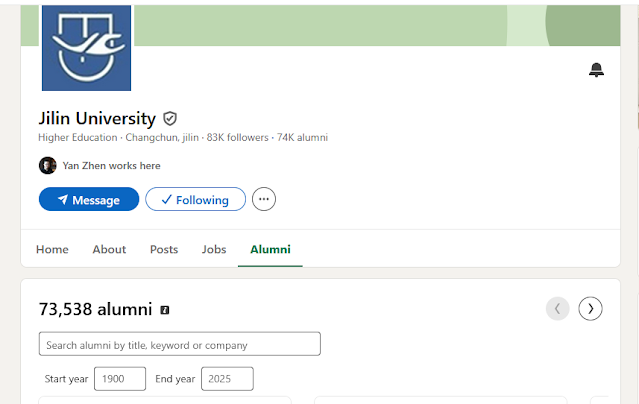Why PSTP Participants Are Central to My PhD Study on PNG–China Relations

In examining how China’s HEEPs influence relations between PNG and China, I designed my PhD study to reflect the diversity of educational exchange pathways. Among the seven survey groups, the Public Sector Training Program (PSTP) cohort stands out as a critical focus—not just for their participation in short- and medium-term training in China, but also because of their role in implementing national policies back home. This group includes officers and professionals from the Special Economic Zones Authority (SEZA) , National Department of Health (NDoH) , and the Department of Defence and PNG Defence Force (DoD/DF) . A March 2023 news article from the Post-Courier highlighting China’s training of PNG officials in the Special Economic Zones (SEZ) concept—an example of Public Sector Training Programs (PSTPs) shaping technical cooperation between the two countries. These individuals are strategically important because they occupy positions within government systems where the knowledge, val...













